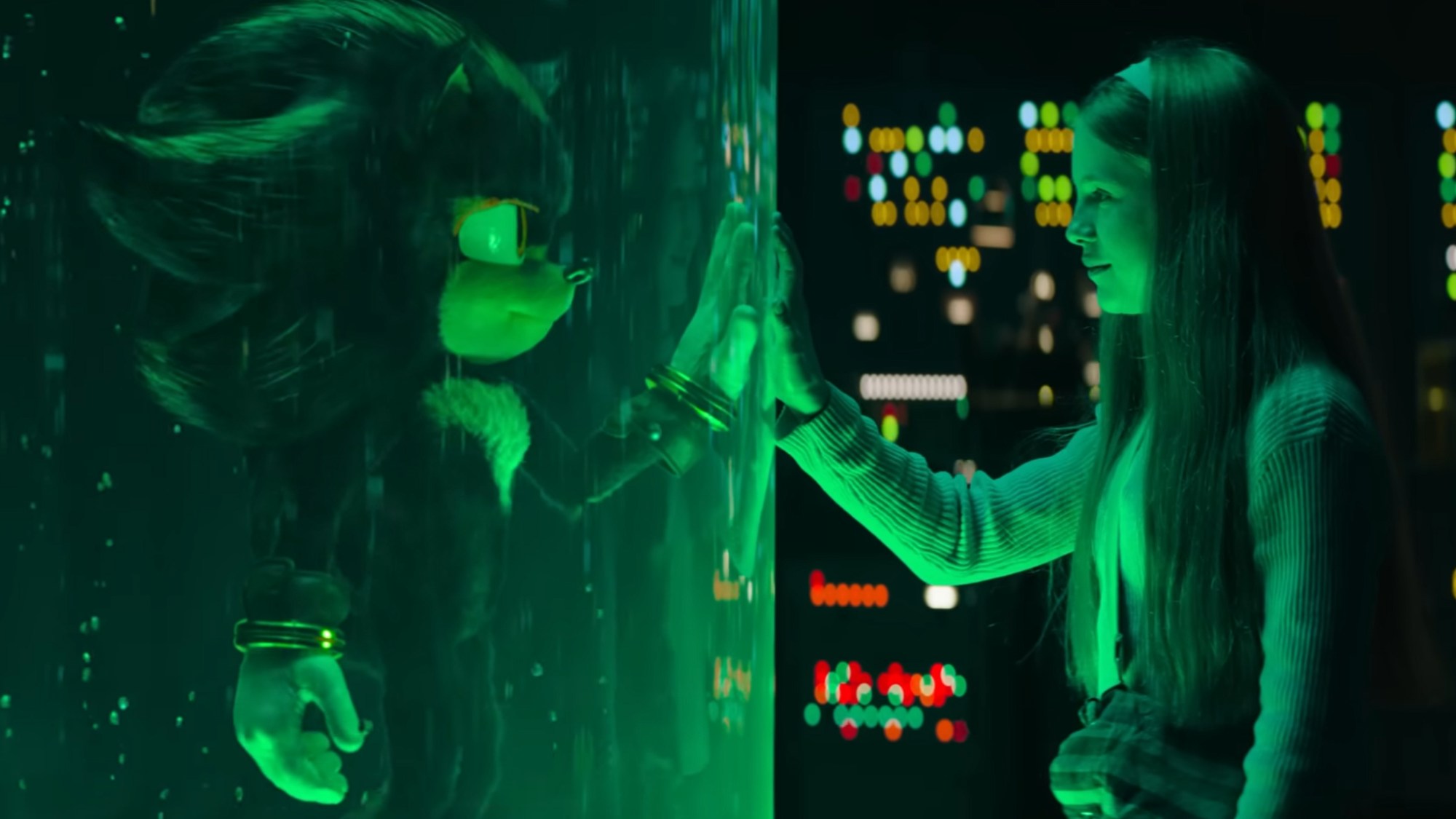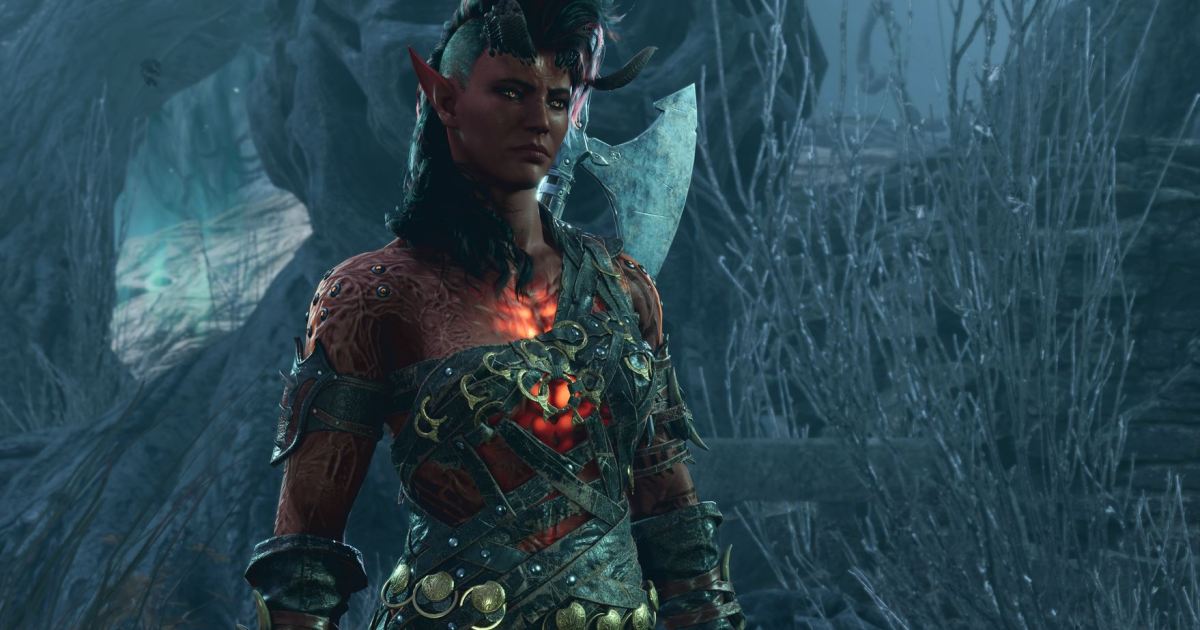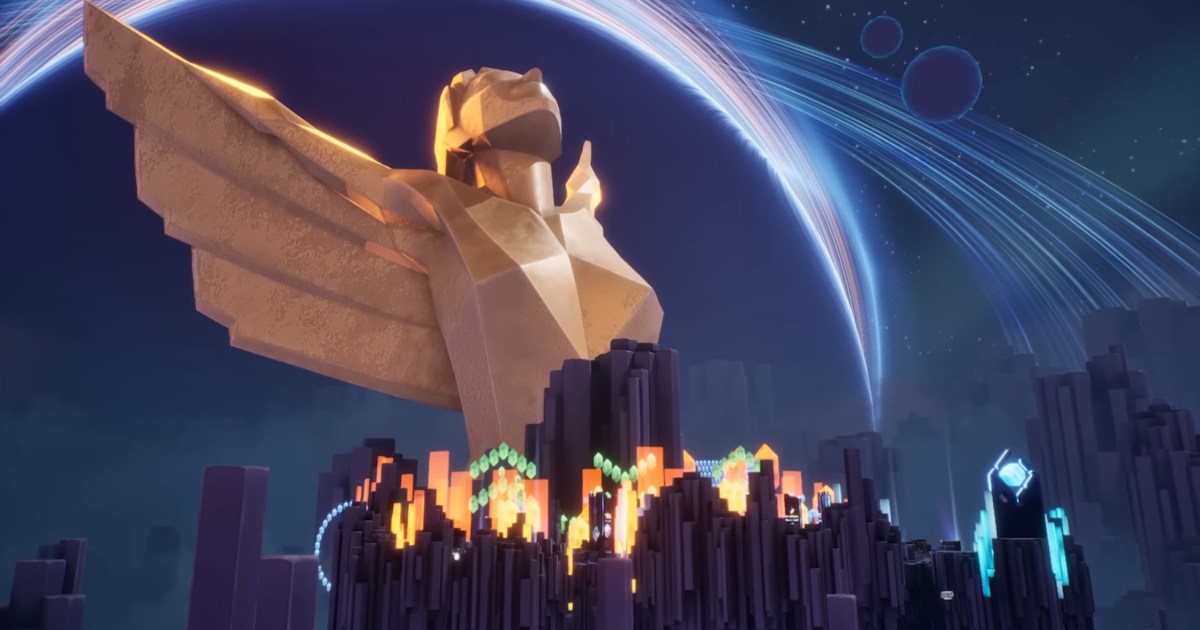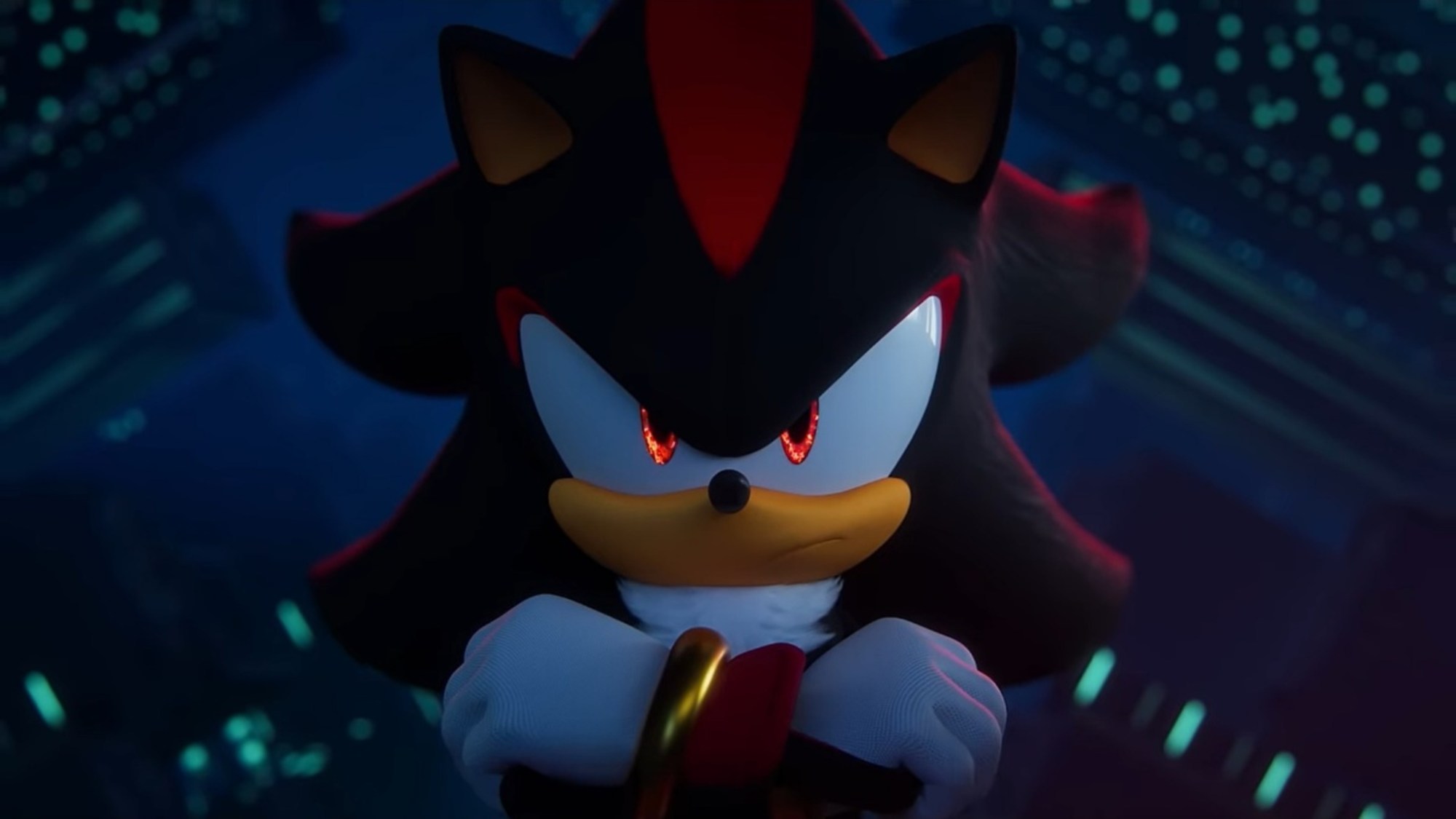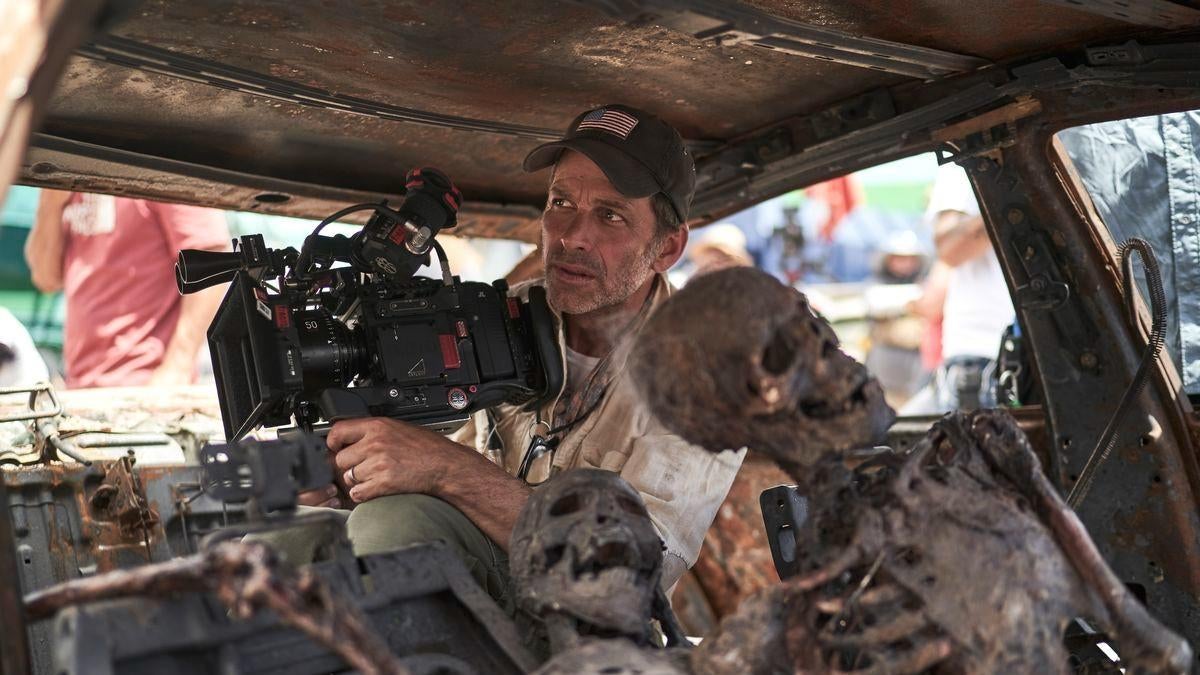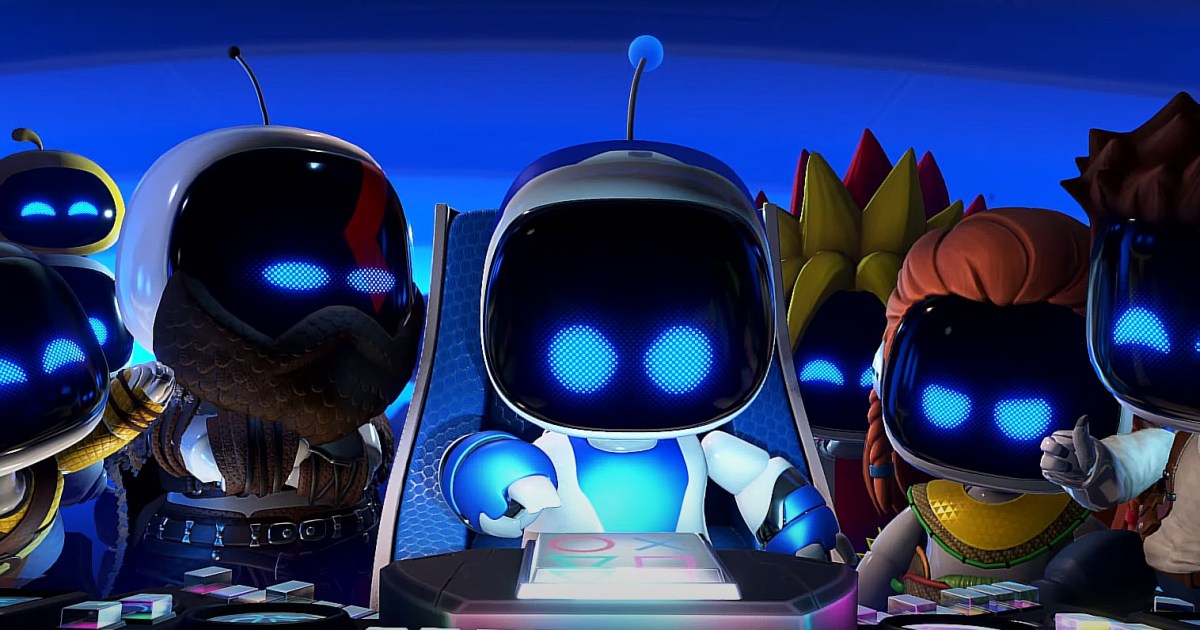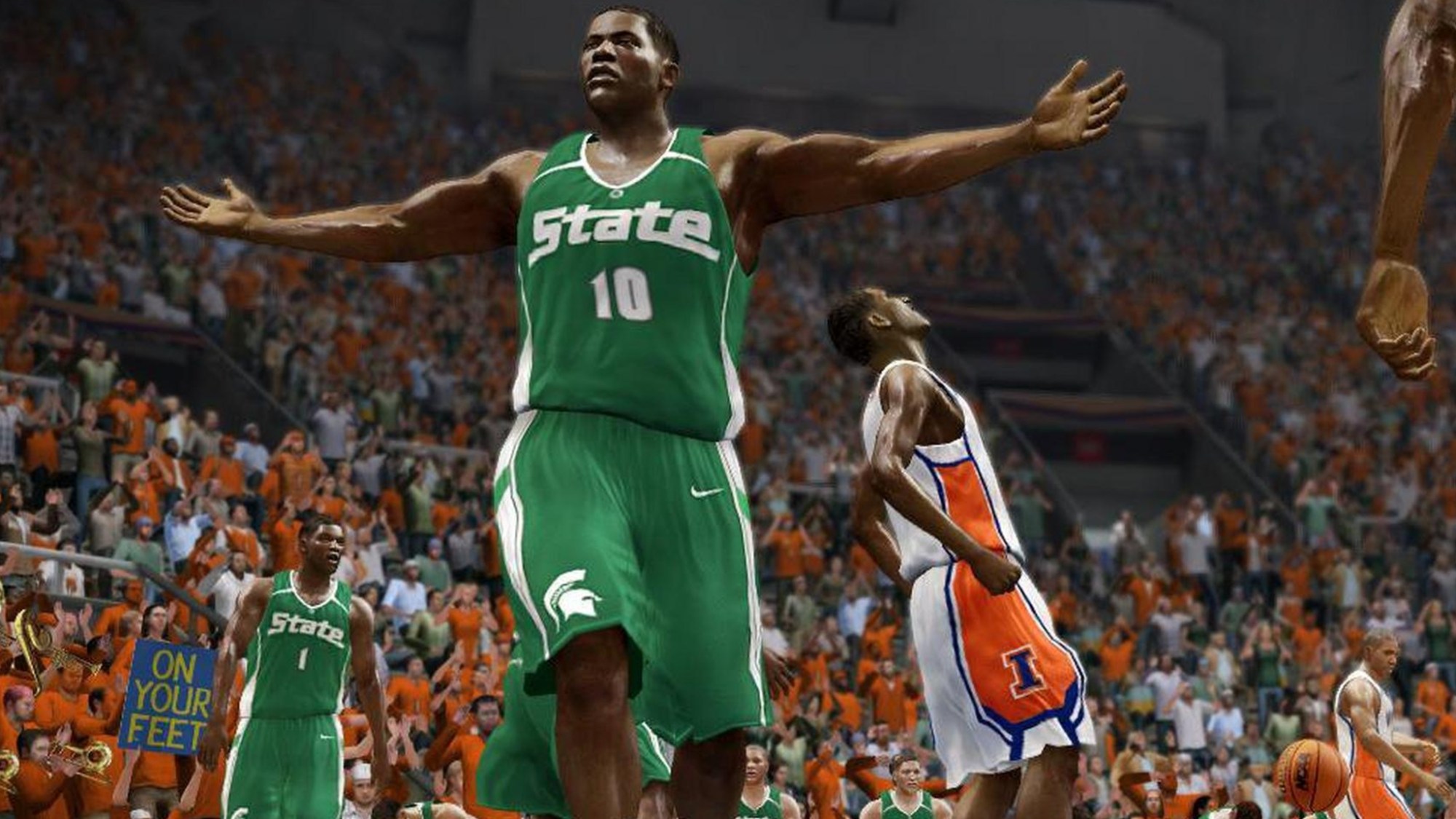Shadow the Hedgehog, the iconic anti-hero, made his big-screen debut in Sonic the Hedgehog 2‘s post-credit scene, promising a significant role in the third installment. Sonic the Hedgehog 3 delivers on that promise, delving into Shadow’s tragic backstory and introducing key figures like Maria (Alyla Browne) and Gerald Robotnik (Jim Carrey). While the film draws inspiration from the 2001 game Sonic Adventure 2, it notably alters several elements, including a pivotal death scene.
Contrasting Origins: Game vs. Film
In the game, Gerald Robotnik creates Shadow aboard the Space Colony ARK as a weapon for the United Federation and G.U.N. His true motivation, however, is to develop an immortal life form to cure his terminally ill granddaughter, Maria. The two share a close bond, both serving as subjects in various experiments. Tragically, G.U.N. agents raid the ARK, killing everyone involved in Project Shadow, including Maria. This fuels Shadow and Robotnik’s shared desire for revenge. While Shadow is placed in stasis on Prison Island, Robotnik is executed for his involvement with the Black Arms. Fifty years later, Dr. Eggman, Robotnik’s grandson, discovers Project Shadow and plans to use Shadow for world domination.
Sonic the Hedgehog 3 offers a streamlined version. Shadow arrives on Earth via a meteor and is discovered by G.U.N. Robotnik, seeking Shadow’s Chaos Energy, conducts experiments on him. During this time, Shadow befriends Maria, who resides with her grandfather at the base. During an escape attempt, a G.U.N. agent triggers an explosion, killing several agents and Maria. Shadow is subsequently captured and held in stasis on Prison Island for 50 years, while Robotnik is coerced into creating the Eclipse Cannon, a weapon of mass destruction.
A Simplified Narrative for the Silver Screen
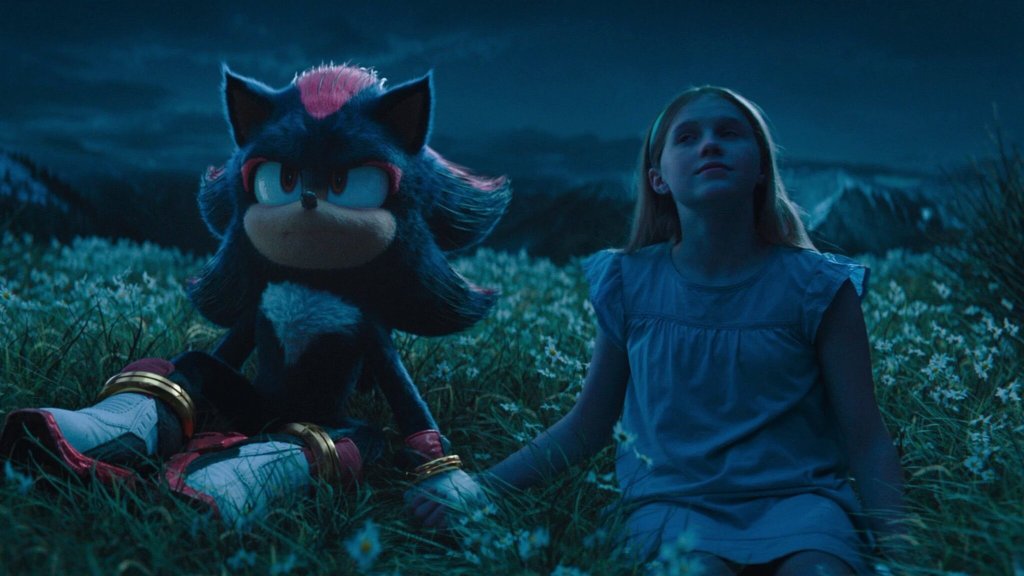 Credit: Paramount Pictures/Sega
Credit: Paramount Pictures/Sega
The film’s alterations are evident to fans of the game series. Shadow’s extraterrestrial origins are preserved, but the specifics of his creation, including the involvement of an alien arms dealer providing DNA, are omitted. The film leaves the question of Shadow’s home planet unanswered, potentially setting the stage for future exploration.
Furthermore, the film avoids the complex moral dilemmas prevalent in the games, likely to maintain a family-friendly tone. While simplified, Maria’s death remains a pivotal event, shaping Shadow’s motivations and driving both his and Robotnik’s actions. The emotional weight of her loss is effectively conveyed.
Preserving Key Elements, Shifting Dynamics
The film retains the core element of Shadow’s imprisonment on Prison Island. However, instead of Dr. Eggman, it’s Robotnik himself who facilitates Shadow’s escape. This modification highlights the remnants of Shadow’s connection to Maria through Robotnik. Ultimately, Maria’s final wish from the game—for Shadow to protect Earth—is fulfilled as he prevents the Eclipse Cannon’s devastation.
With Shadow’s survival confirmed, his future within the film franchise remains open, leaving ample opportunity to explore his character arc further.
Conclusion: A Streamlined but Effective Backstory
Sonic the Hedgehog 3 streamlines Shadow’s origin story, making it more accessible to a broader audience while preserving the emotional core of his character. The changes, while noticeable to game purists, allow for a more concise narrative that fits within the film’s framework. With several plot threads left dangling, the future holds exciting possibilities for Shadow’s continued presence in the Sonic cinematic universe.



